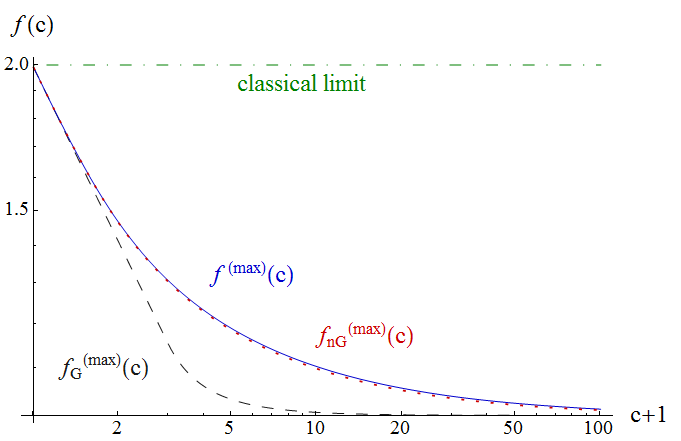Contributors
L. Happ, M.A. Efremov, W.P. Schleich
Collaborations
H. Nha (Korea Institute for Advanced Study, School of Computational Sciences, and Department of Physics, Texas A&M University at Qatar)
Funding
Alexander von Humboldt Stiftung
Texas A&M University Institute for Advanced Study (TIAS)

